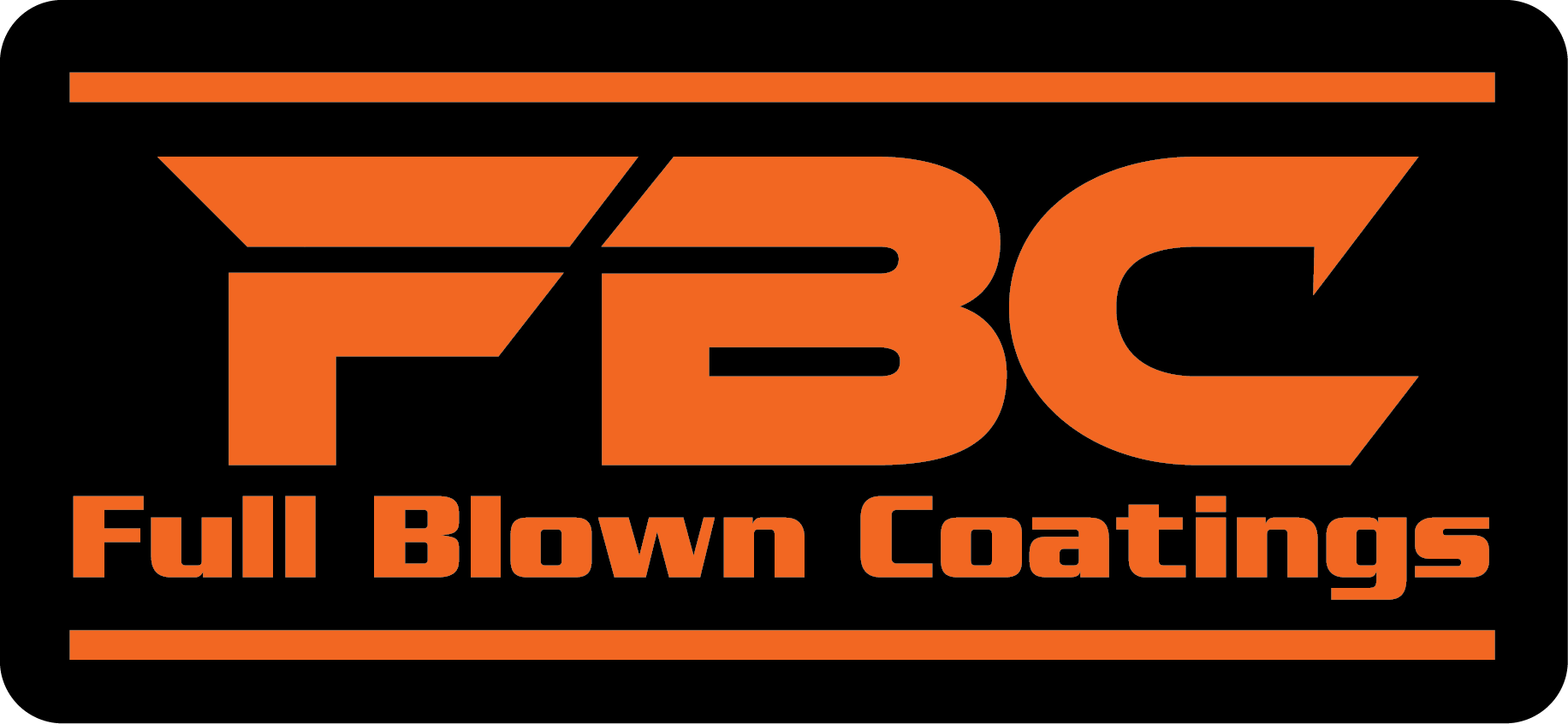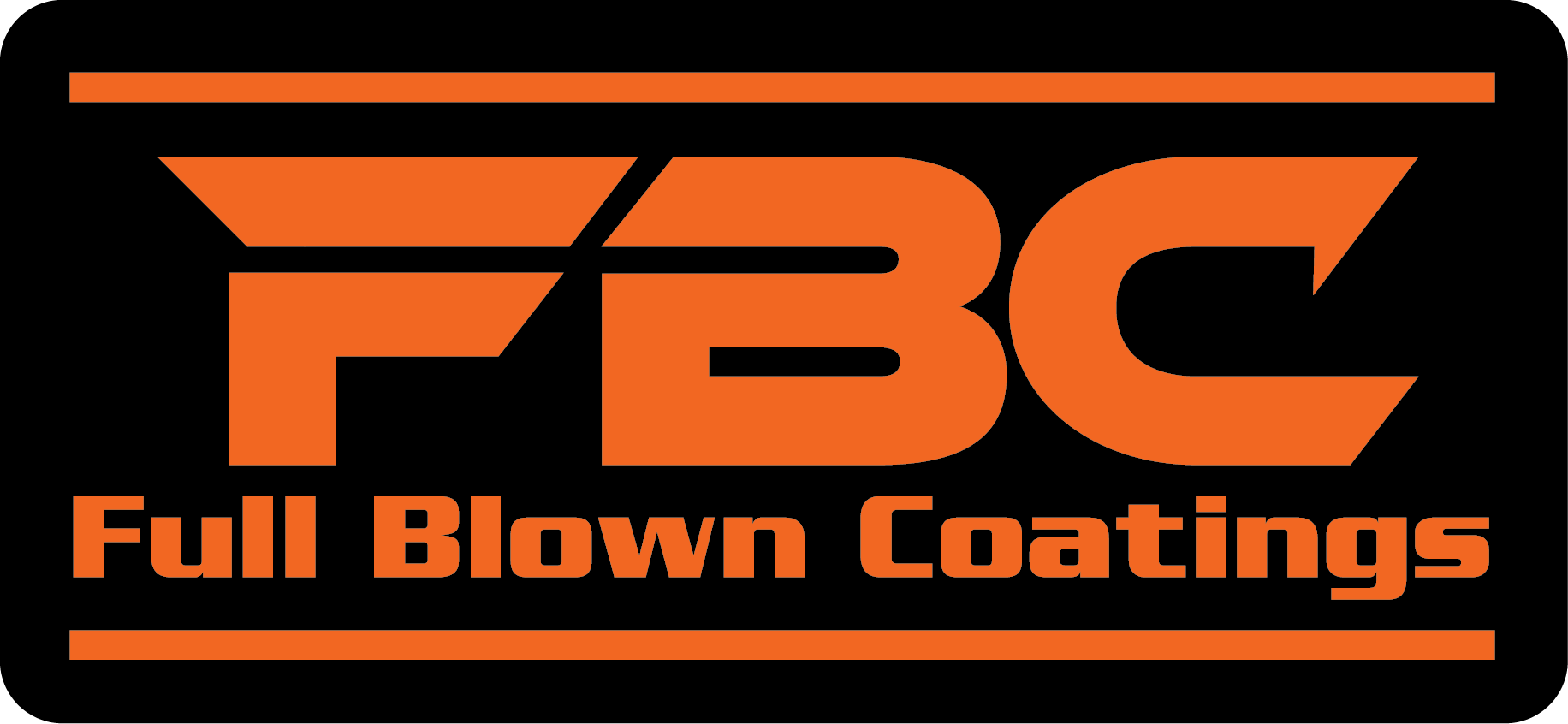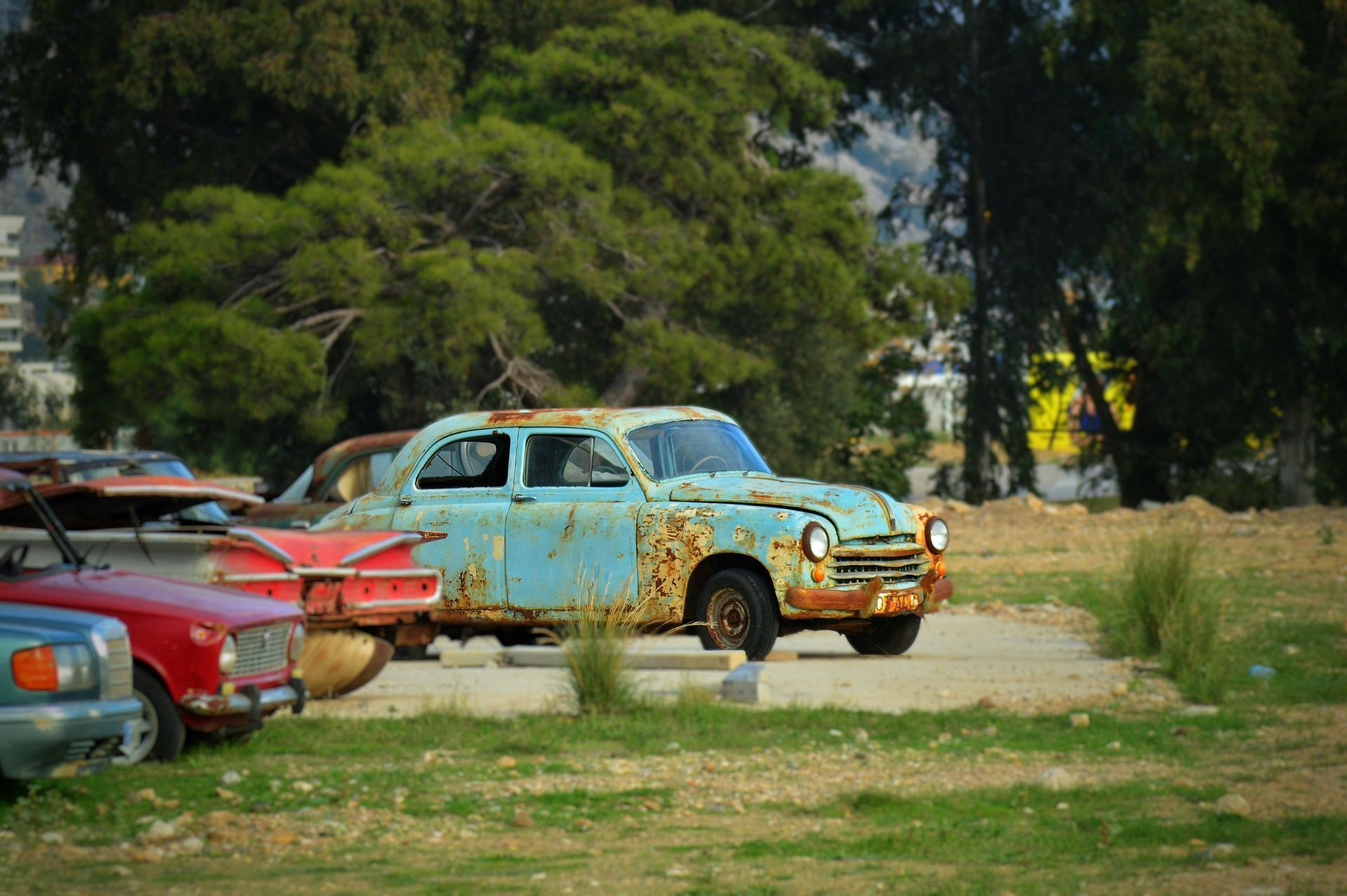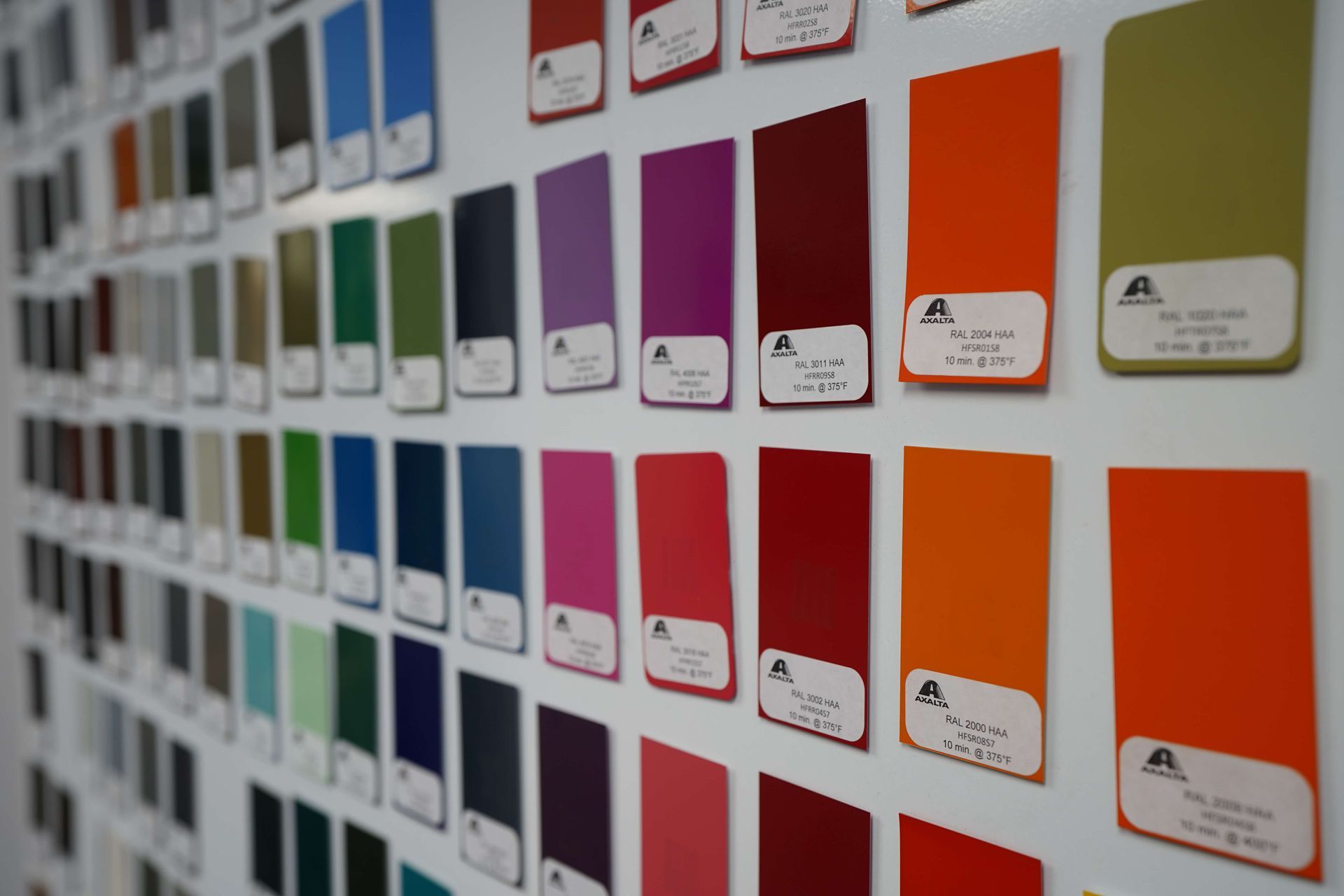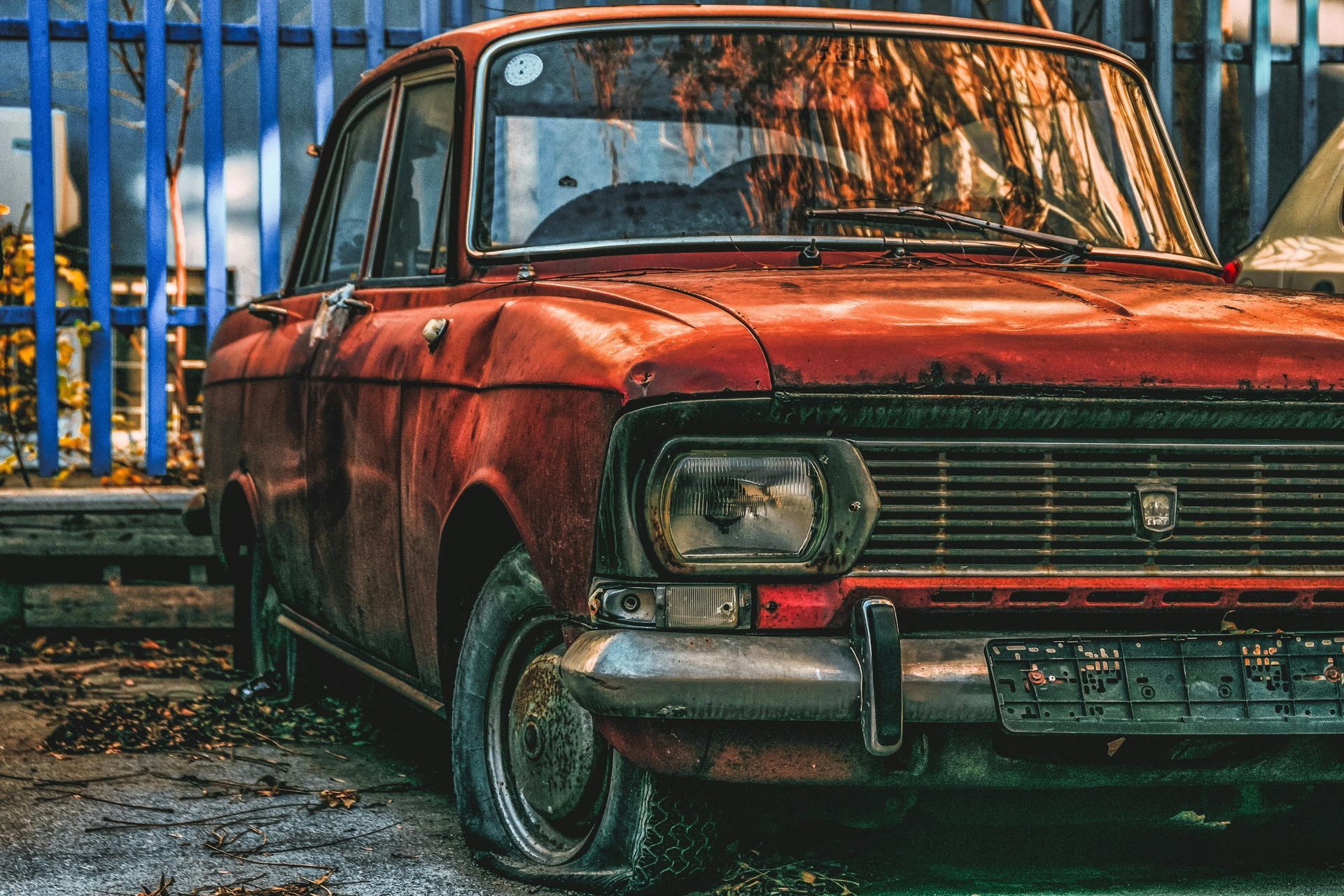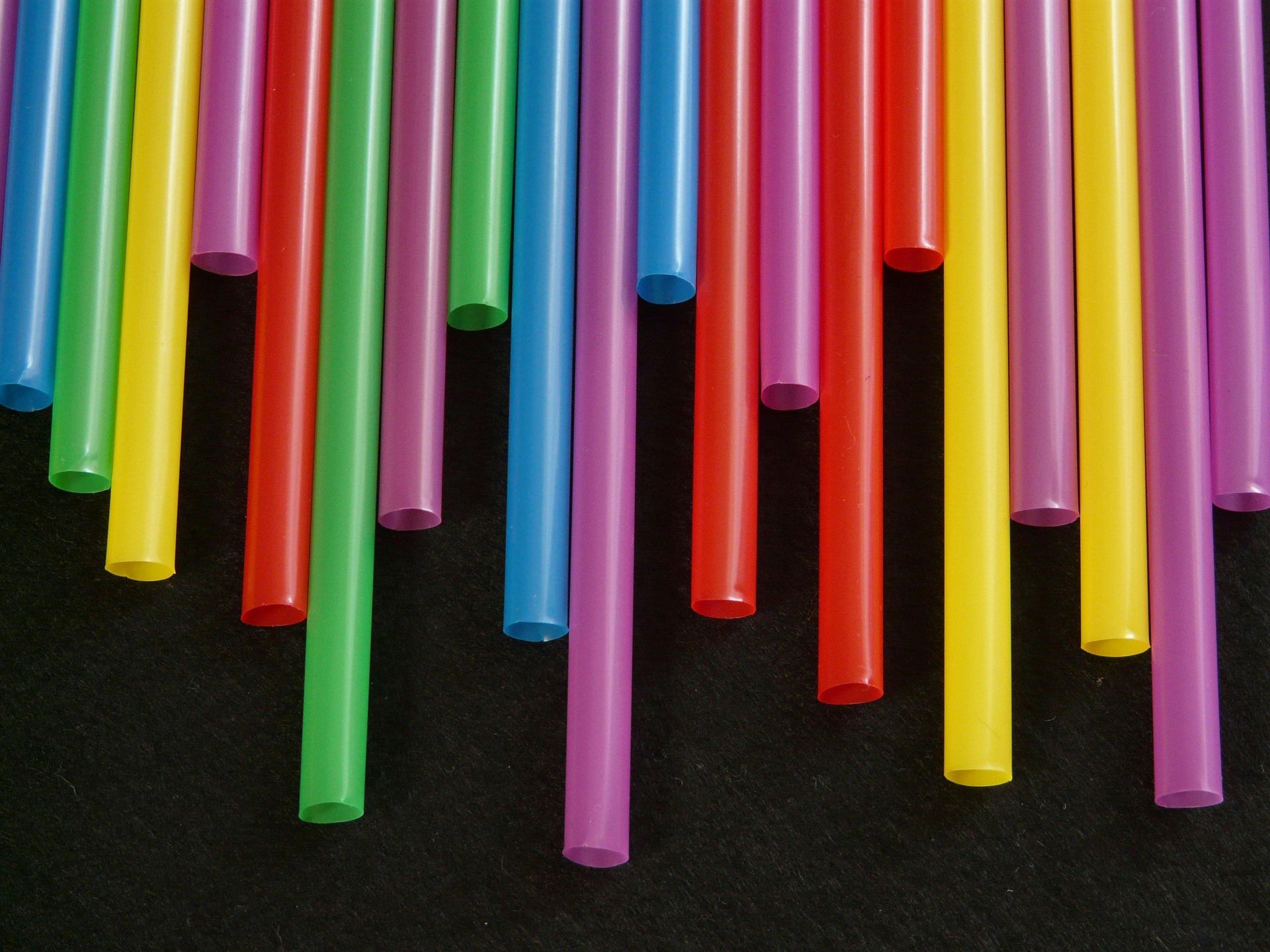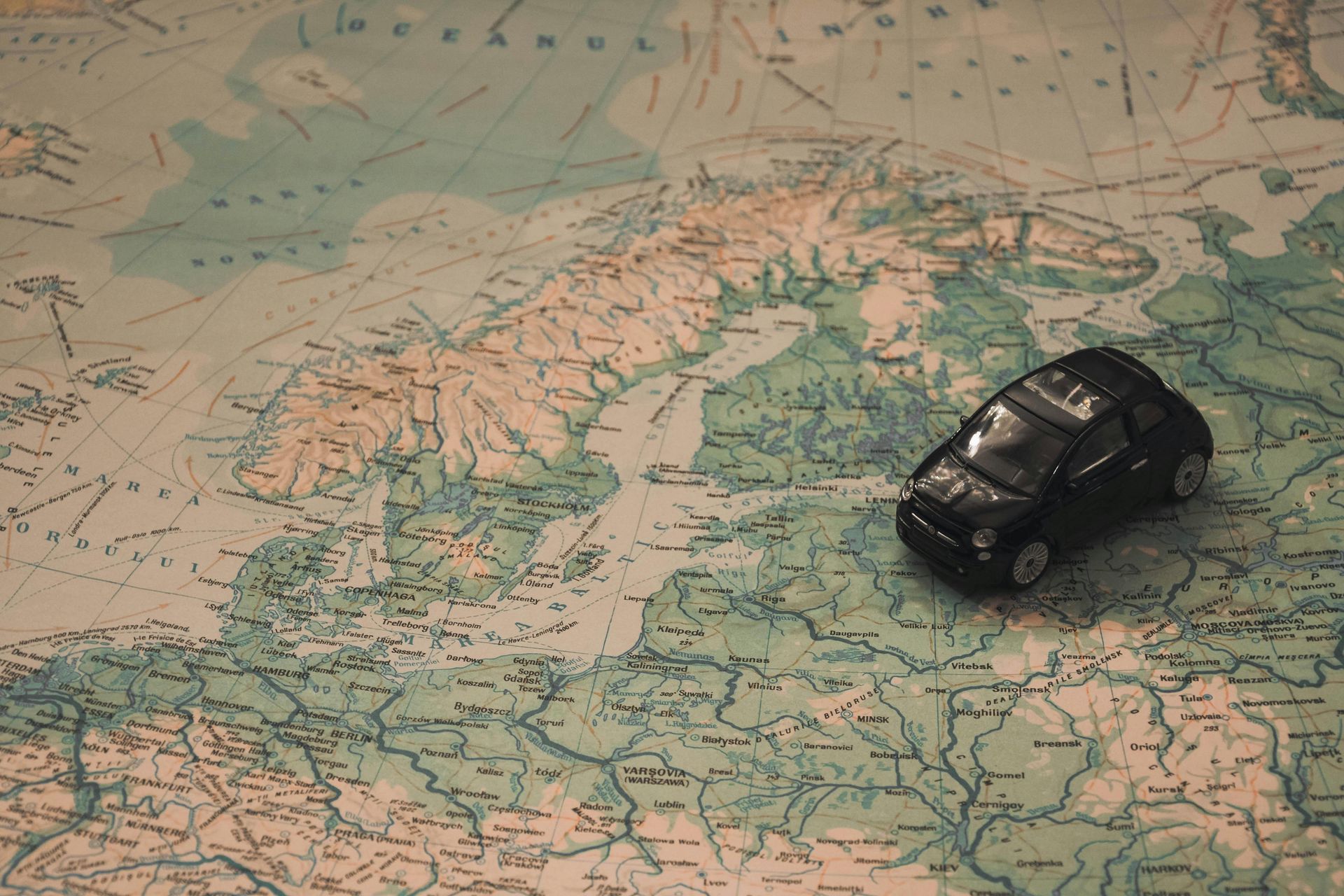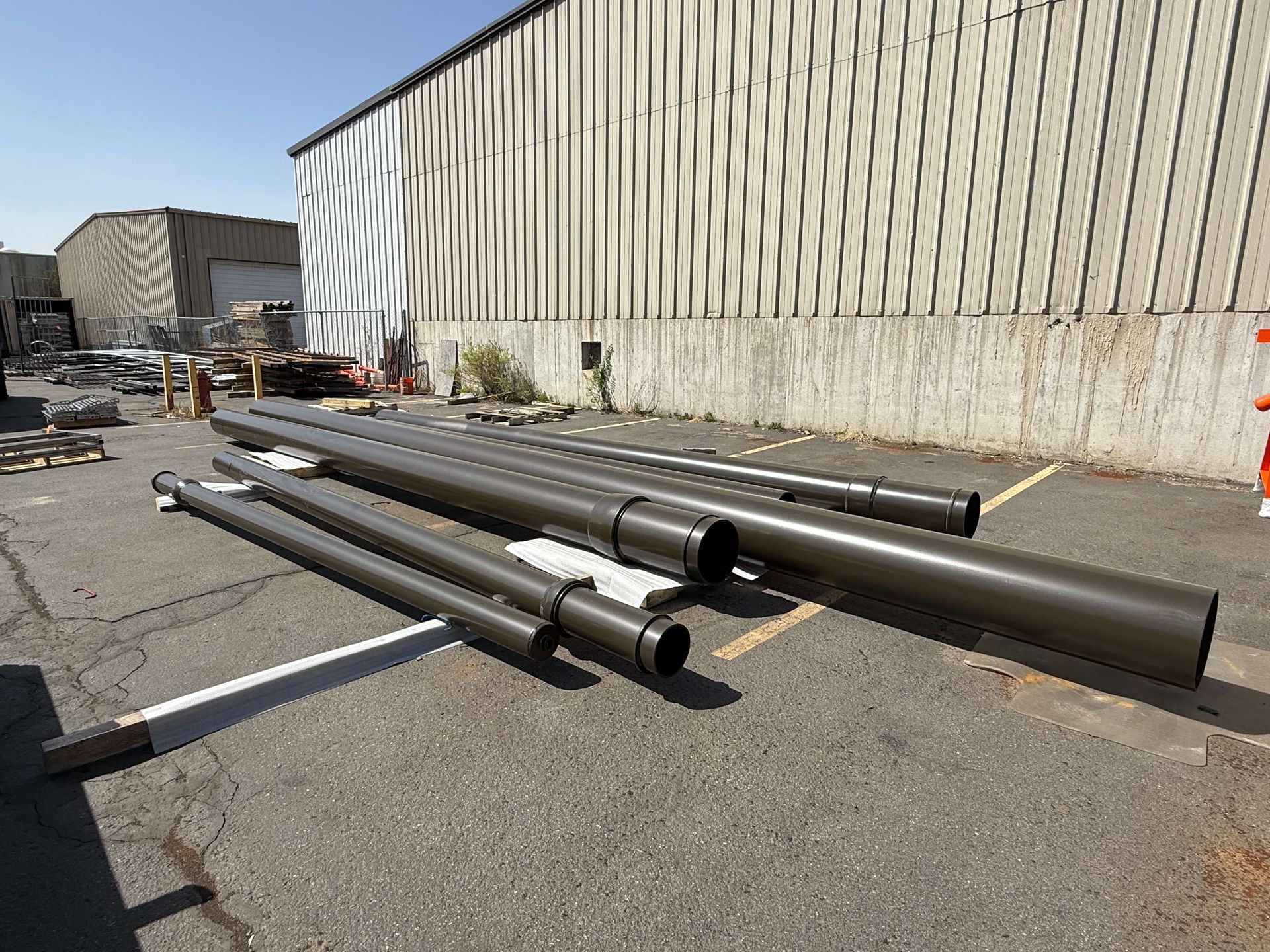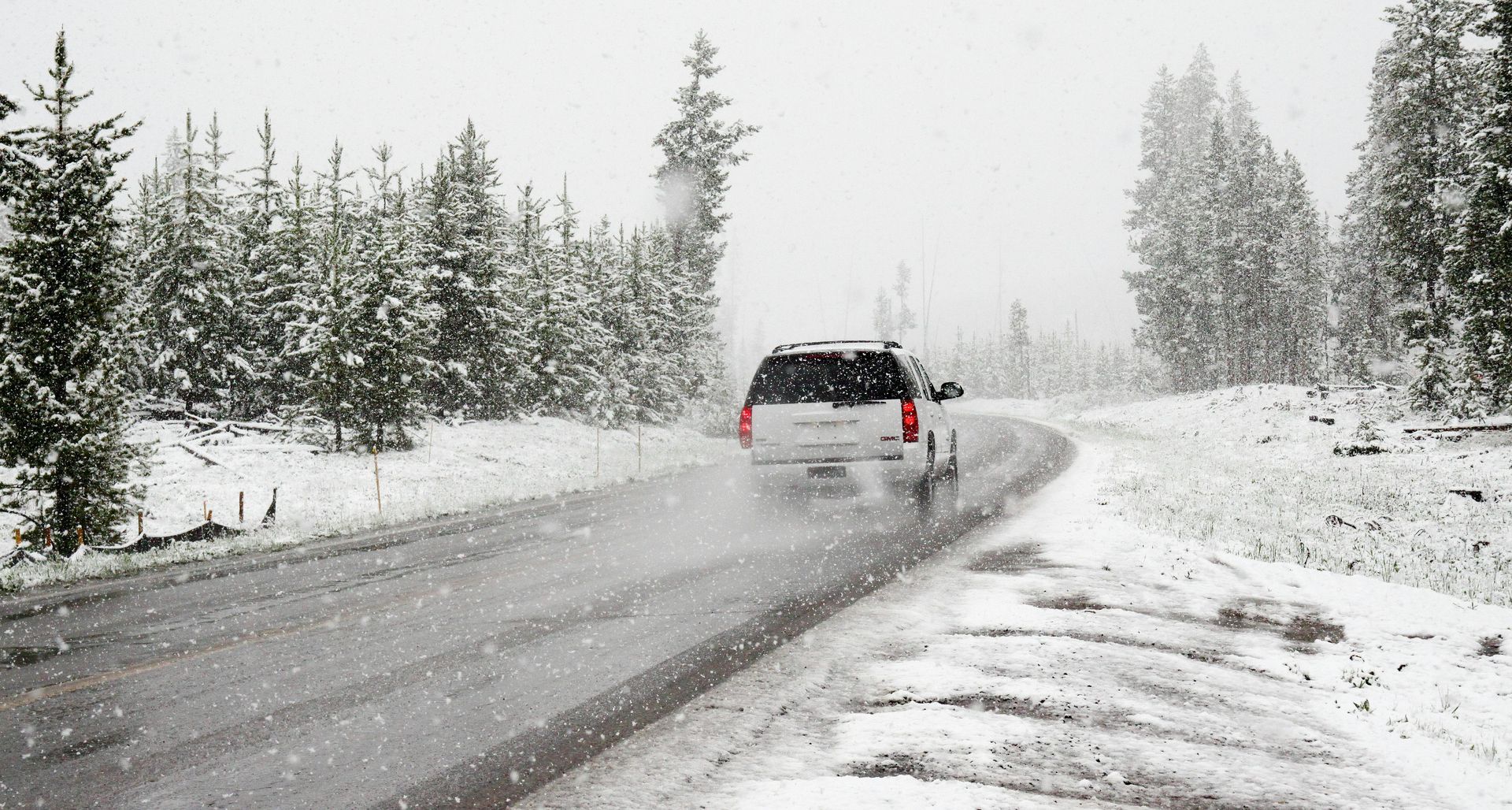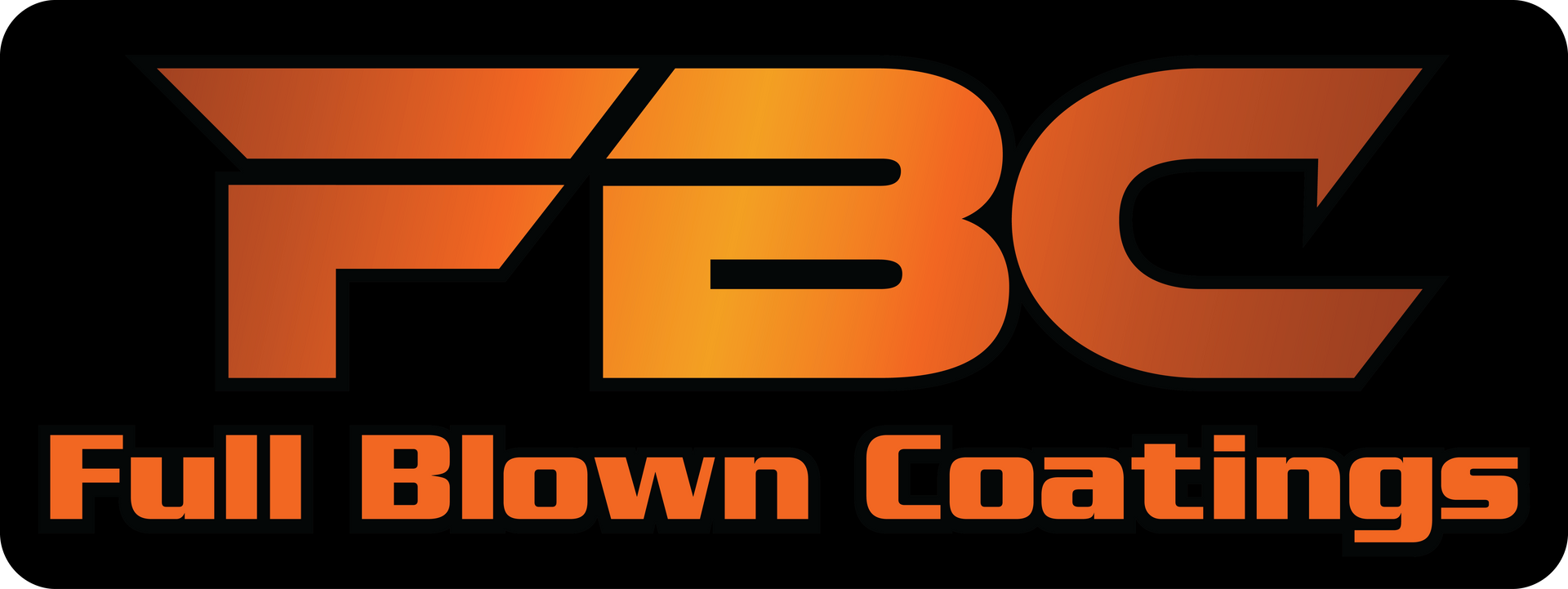cerakote vs powder coating, what are the use cases and how can they help you?
cerakote vs powder coating, what you need to know.
If you are comparing cerakote and powder coating for a project in Salt Lake County, Utah County, Davis County, Weber County, or Cache County, you are asking the right question. Both are professional-grade finishes, but they solve different problems. This guide explains what each coating is made of, how it is applied, where each one shines, and how to choose confidently for wheels, railings, off-road parts, firearms, and high-heat components. Along the way, we include real examples from the team at Full Blown Coatings so you can see how these choices play out in Utah’s sun, snow, and road salt.
What is cerakote
The chemistry in plain terms
Cerakote is a thin-film ceramic-polymer coating. Its resin system carries very fine ceramic particles that boost hardness, chemical resistance, and temperature stability. Depending on the series, cerakote cures at room temperature or in an oven. The key trait is very low film build while still delivering strong wear and chemical performance.
Why the thin build matters
At 0.5–1.0 mils typical thickness, cerakote fits parts that have tight tolerances or sliding interfaces. Threads still engage, snap-fits still snap, and engraved markings stay crisp. This is why it is common on firearm components, tools, small hardware, and compact assemblies.
Common use cases
- Precision parts with close fits
- High-heat components such as headers, turbo housings, and exhaust parts when a high-temp series is used
- Surfaces exposed to harsh solvents and cleaners where a thin, highly chemical-resistant film is preferred
What is powder coating
The process in brief
Powder coating uses an electrostatic spray to apply dry thermoset powder to a grounded part. The part goes into a calibrated oven where heat melts and crosslinks the film into a continuous coating. Common chemistries include exterior polyester for UV stability and epoxy for primers or interior service.
Why the thicker build helps
With a typical 2–4 mil film, powder coating offers excellent impact and chip resistance, strong edge coverage, and the broadest catalog of colors and textures. It is the go-to for wheels, railings, gates, frames, bumpers, sliders, and architectural metal that live outdoors.
Common use cases
- Wheels and brake calipers
- Residential and commercial railings, patio sets, and gates
- Off-road parts and industrial components needing long-term corrosion protection and a wide choice of sheens and textures
Head-to-head: which is better for your part
Film build and fit
- Cerakote: Ultra-thin. Best where tolerances matter and detail must remain crisp.
- Powder coating: Thicker. Better at hiding minor fabrication marks and protecting edges from chips.
Heat and chemical resistance
- Cerakote: Specialized high-temp and solvent-resistant series excel on hot or chemically aggressive parts.
- Powder coating: Exterior polyester systems handle everyday chemicals well and provide excellent UV holdout for years outdoors.
Impact and chip resistance
- Cerakote: Hard and abrasion-resistant at low build, but thin films cannot absorb larger rock strikes as well as thick films.
- Powder coating: Tough, flexible film that resists chips on bumpers, sliders, and daily-driver wheels.
Color, gloss, and textures
- Cerakote: Tactical solids, earth tones, and metallics with refined sheens.
- Powder coating: Extensive RAL palettes plus candies, pearls, metallics, wrinkles, hammertones, and fine textures to match architecture or add depth.
Bottom line: Cerakote is “better” when you need a thin, precise, chemical or heat-resistant film. Powder coating is “better” when you need impact resistance, UV durability, and color or texture variety on larger parts.
Prep makes or breaks both
Media blasting and profile
Clean metal and the correct surface profile are non-negotiable.
- Steel: Aluminum oxide or crushed glass creates a sharp anchor for either coating.
- Aluminum and stainless: Glass bead provides a clean cosmetic satin without over-etching.
- Pretreatment: Phosphate or zirconium conversions add corrosion resistance and improve bonding before powder.
Full Blown Coatings anecdote: An Ogden customer brought in cast aluminum wheels that showed tiny pinholes from a previous DIY attempt. The team pre-baked the wheels to drive out trapped oils and air, re-blasted with a controlled media profile, and then applied a satin polyester powder. The finish leveled cleanly and stayed smooth through a full winter. For the matching snap-fit center emblems, cerakote supplied color without changing fit.
Outgassing and cleanliness
Castings and weldments can trap contaminants. A short pre-bake and solvent-free handling prevent craters and fisheyes that dull gloss or make candies look cloudy. Full Blown Coatings uses these steps on both cerakote and powder jobs to keep color uniform.
Application details that shape the finish
Cerakote application
- Fine-atomized spray yields even, thin coverage on complex small parts.
- Controlled flash and cure deliver hardness and chemical resistance without building thickness that could alter fit.
Powder coating application
- Proper grounding lets charged powder wrap edges and spokes, preventing light and dark shading.
- Target film thickness avoids grainy metallics from being too thin or soft, orange-peel textures from being too thick.
- A logged cure with part-temperature probes ensures full crosslinking for gloss, hardness, and color stability.
Full Blown Coatings anecdote: A Davis County performance shop needed headers and a front bumper finished for a road car that sees gravel. The headers received a high-temp cerakote series for heat and chemical resistance. The bumper got a fine-texture polyester powder to hide chips. Months later, both still looked new in daily use.
Choosing the right finish by use case
Wheels and brake calipers
For most street wheels along the Wasatch Front, powder coating is the first choice. Satin black and metallic charcoals hide dust and micro-marring, and a clear over bright colors boosts UV stability. Calipers can go either way. If you want a bright candy red with deep gloss, a two-coat powder base and clear looks amazing. If clearance behind tight wheels is limited or heat is a concern, a thin cerakote color can be a smart option.
Anecdote: A Sandy commuter came in set on high-gloss black wheels. Side-by-side chip checks in daylight convinced them to choose satin black powder for easier cleaning. A season later, they reported faster washes and far fewer visible swirls.
Railings, gates, and architectural metal
Exterior polyester powder offers the best combination of UV holdout, chip resistance, and color control. Neutrals like satin black, bronze, and charcoal match modern Utah builds and hold up to snow shovels and summer sun. A clear topcoat adds chemical resistance on pool or de-icing salt exposure.
Firearms, tools, and precision hardware
Cerakote protects with minimal film build. It preserves stamped text and smooth action while resisting solvents and cleaners. It is the preferred choice for small parts with tight interfaces.
Exhausts and high-heat parts
Use cerakote high-temp series designed for continuous heat. These films survive thermal cycling where standard powders cannot.
Off-road and utility parts
Bumpers, sliders, racks, and skid plates benefit from powder coating with fine texture or wrinkle. The thicker, resilient finish absorbs impacts and disguises rash, and dark metallics keep parts looking uniform after trail days.
Cost, lead time, and scalability
What drives price
- Part size and geometry: More surface area and complex masking increase time.
- Prep level: Heavy rust or unknown coatings may require chemical strip plus blast.
- Coating system: Single coat vs base-and-clear powder or specialty high-temp cerakote series.
- Batch strategy: Grouping similar parts and colors improves rack density and lowers per-part cost.
Typical scheduling tips
Share photos, materials, and critical fits. Note heat or chemical exposure. Ask if bundling blasting plus coating under one roof will save time and rework. Full Blown Coatings commonly schedules retail projects in a few business days once parts are in the shop, with rush options when calendars allow.
Maintenance and longevity
- Wash with pH-neutral soap and soft brushes.
- Rinse after winter salt exposure.
- Avoid harsh acid wheel cleaners that can etch clears.
- Inspect chip-prone edges yearly. Timely touch-ups keep systems looking uniform.
Full Blown Coatings anecdote: A Cache County homeowner chose bronze texture powder for railings and cerakote on small latch hardware to maintain fit. After a year of snow and spring dust, the railings still looked fresh with simple soap-and-water care, and the latches operated smoothly.
FAQs
Is cerakote better than powder coating
It depends on the part and environment. Cerakote excels with tight tolerances, high heat, or aggressive chemicals. Powder coating excels at impact resistance, UV durability, and broad color and texture options for larger parts.
Can you cerakote over powder or powder over cerakote
Best practice is to remove old coatings and start from clean metal. Mixing systems on top of one another can complicate adhesion and cure.
What lasts longer outdoors in Utah sun
On larger outdoor parts like railings, gates, and wheels, an exterior
polyester powder system with proper prep typically provides the best long-term UV and chip performance.
How do I choose a black that hides dust and swirls
Satin black in powder coating is the local favorite for daily-driver wheels and railings. It strikes a balance between ease of cleaning and crisp appearance.
The bottom line
Both cerakote and powder coating are professional finishes, but they are tools for different jobs. If you need thin, precise protection for small parts or high-heat components, choose cerakote. If you want durable color, chip resistance, and a vast texture and gloss library on larger parts, choose powder coating. In either case, demand proper blasting, pretreatment, and a logged cure so your color and performance hold up from winter roads to summer sun.
If you want help deciding, the team at Full Blown Coatings serves the Wasatch Front with industrial-grade blasting, cerakote, and powder coating under one roof. Bring a photo or sample, compare physical chips in daylight, and ask for a small test panel on your actual metal. You will leave with a clear plan for finish, cost, and turnaround that fits how your part will live in Utah.
